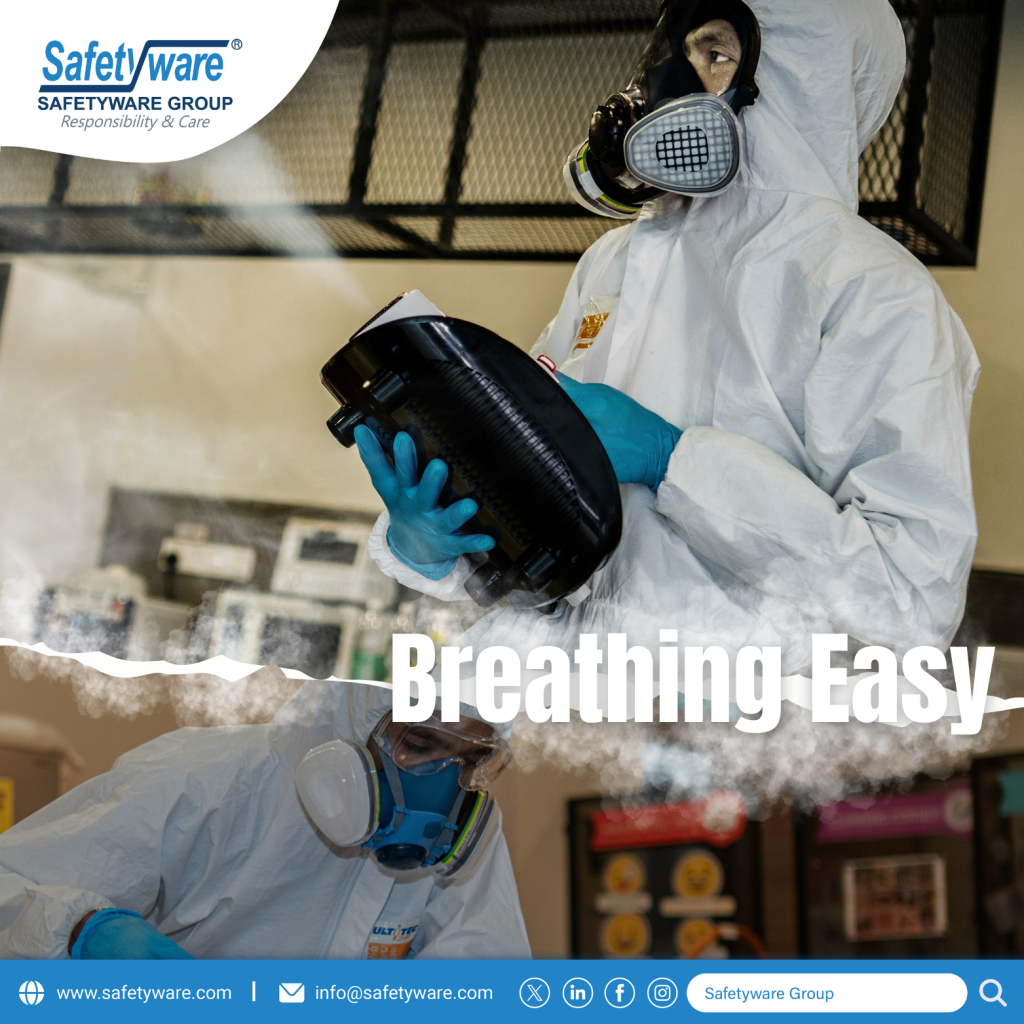In industrial and hazardous work environments, ensuring respiratory safety is paramount to protect workers from airborne contaminants and maintain a healthy work environment. Respirators play a crucial role in filtering out harmful particles, gases, vapors, and fumes to safeguard respiratory health and well-being. With a wide range of respirator products available on the market, understanding their features, benefits, and applications is essential for selecting the most suitable respiratory protection for specific workplace hazards. In this comprehensive guide, we explore different types of respirator products, their benefits, and key considerations for choosing the right respiratory protection.

1. Disposable Respirators:
· Benefits: Disposable respirators, such as N95 masks, are lightweight, cost-effective, and easy to use. They provide protection against airborne particles and are ideal for short-term use in environments with low to moderate exposure levels.
· Applications: Disposable respirators are commonly used in healthcare settings, construction sites, and industrial facilities to protect against dust, pollen, mold, and other non-oil-based particles.
2. Half-Face Respirators:
· Benefits: Half-face respirators offer enhanced protection against airborne contaminants, including particulates, gases, and vapors. They provide a secure seal around the nose and mouth, while allowing for better comfort and breathability compared to full-face respirators.
· Applications: Half-face respirators are suitable for a wide range of industries, including painting, woodworking, chemical handling, and pharmaceutical manufacturing.
3. Full-Face Respirators:
· Benefits: Full-face respirators provide comprehensive protection for the eyes, nose, and mouth against airborne hazards. They offer a wider field of vision, superior seal protection, and compatibility with various filters and cartridges for different types of contaminants.
· Applications: Full-face respirators are commonly used in environments with high concentrations of hazardous gases, vapors, and chemicals, such as industrial refineries, laboratories, and emergency response operations.
4. Powered Air-Purifying Respirators (PAPRs):
· Benefits: PAPRs use a battery-powered fan to draw air through filters, providing continuous respiratory protection with reduced breathing resistance. They offer increased comfort, extended wear time, and higher levels of protection against airborne contaminants.
· Applications: PAPRs are ideal for environments with high levels of particulates, biological agents, or chemical fumes, such as healthcare facilities, pharmaceutical labs, and asbestos removal sites.
5. Supplied-Air Respirators (SARs):
· Benefits: SARs deliver clean, breathable air from an external source, providing maximum protection against airborne hazards. They eliminate the need for filter changes and offer continuous respiratory protection in oxygen-deficient or highly contaminated environments.
· Applications: SARs are essential in confined spaces, hazardous material handling, firefighting, and other high-risk environments where air quality is compromised.
Key Considerations for Choosing Respirator Products:
· Identify Respiratory Hazards: Conduct a thorough assessment of workplace hazards to determine the type and level of respiratory protection required.
· Fit and Seal: Ensure proper fit and seal of the respirator to prevent leakage and ensure effective protection.
· Comfort and Wearability: Consider factors such as comfort, breathability, and compatibility with other PPE for enhanced user compliance.
· Training and Maintenance: Provide comprehensive training on respirator use, maintenance, and storage to ensure optimal performance and longevity.
Selecting the right respirator product is essential for maintaining respiratory safety and protecting workers from airborne hazards in the workplace. By understanding the features, benefits, and applications of different respirator products, employers can choose the most appropriate respiratory protection to ensure a safe and healthy work environment. Prioritizing respiratory health, providing proper training, and regular maintenance of respirators are proactive steps towards promoting workplace safety and well-being for all workers.
